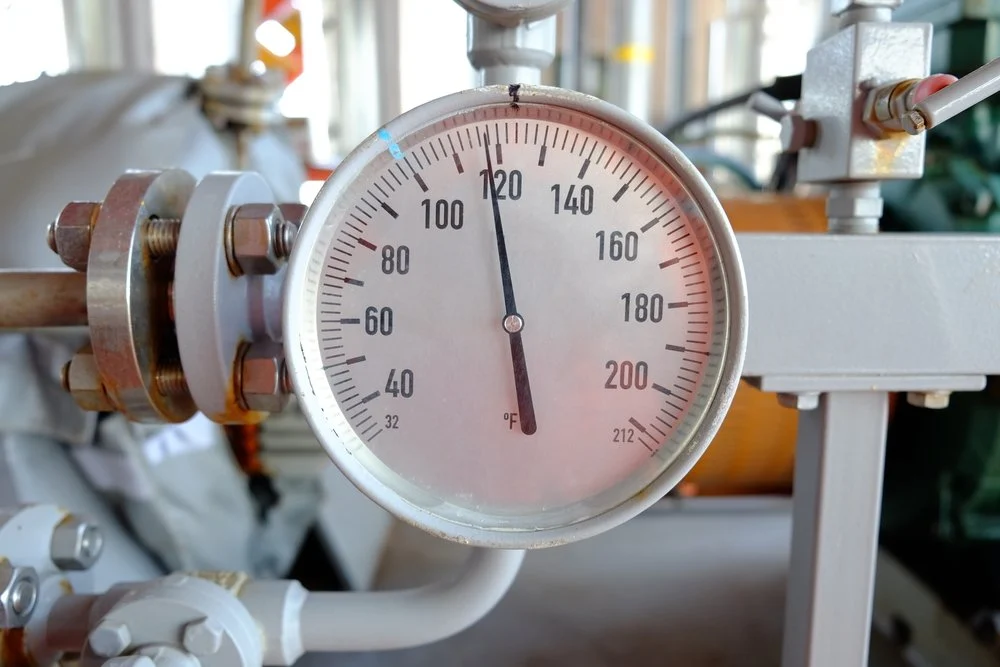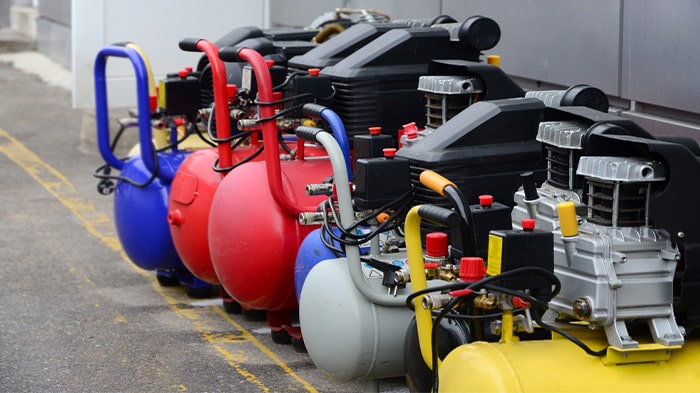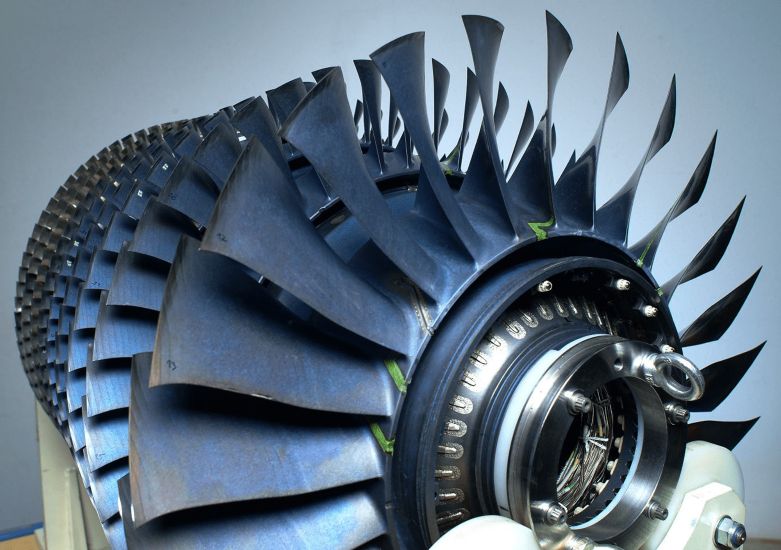Standard Operating Temperature of the Compressor

Compressors are among the fundamental equipment used across many industries to compress gases or air within systems. They are widely utilized in processes such as air conditioning, power generation, oil and gas industries, and the food and pharmaceutical sectors. One of the most critical factors for the efficient and reliable operation of compressors is their operating temperature. In this article, we will explore the concept of standard compressor temperature and its impact on performance and longevity. Stay with Kamsan Iran until the end.
What Is the Standard Compressor Temperature?
The standard compressor temperature refers to the temperature range within which a compressor should operate to maintain optimal performance and minimize the risk of damage to its internal components. This value is typically specified by the compressor manufacturer and varies depending on the type, model, and application.
In general, the standard operating temperature of compressors ranges between 70°C and 110°C. However, this can differ based on the specific compressor and its operational requirements.
Why Is Standard Compressor Temperature Important?
Maintaining the right temperature is vital for several reasons:
- Stable Performance: If the temperature exceeds the recommended range, it can lead to multiple system issues, including reduced efficiency, increased energy consumption, and potential damage to internal parts such as bearings, pistons, and lubrication systems.
- Energy Efficiency: Compressors running at optimal temperatures perform better and consume less energy. Overheating can reduce efficiency and increase energy costs.
- Extended Lifespan: High temperatures accelerate the wear and tear of internal components, shortening the compressor’s life. Maintaining standard temperatures can prevent such wear and enhance durability.
- Mechanical and Chemical Protection: Excessive heat can cause metal components to expand excessively and damage seals or sensitive parts. It can also break down lubricants, affecting the compressor’s performance.
Factors Affecting Compressor Temperature
Several elements can influence a compressor’s operating temperature, including:
- Compressor Load: Higher workloads result in more energy consumption and increased heat, which raises the temperature.
- Ambient Humidity and Temperature: Environmental conditions significantly affect operating temperature. Hot or humid environments force compressors to work harder, increasing heat.
- Compressor Type: Different designs (screw, piston, centrifugal) have varying temperature ranges for optimal efficiency.
- Lubricant Quality & Cooling Systems: The efficiency of the cooling system and the quality of the lubricant directly affect compressor temperature. Poor-quality oil can lead to overheating and faster component wear.
Methods to Control Compressor Temperature
To ensure your compressor operates within safe temperature limits, use the following methods:
- Cooling Systems: Most compressors are equipped with air or liquid cooling systems (radiators or heat exchangers) that maintain standard temperatures.
- Pressure Control: Managing the working pressure can help control temperature. Avoid overloading the compressor beyond its design limits.
- Oil Inspection and Replacement: Use high-quality lubricants and replace them regularly to maintain thermal stability.
- Monitoring Systems: Use sensors and monitoring devices to continuously track temperature. These systems can issue alerts or shut down the unit if temperatures rise dangerously.
Conclusion
The standard operating temperature of a compressor is a key factor in ensuring its proper function and long-term durability. Since compressors play an essential role in many industries, maintaining their temperature within recommended limits can enhance efficiency, reduce energy consumption, and prolong the device’s lifespan. Applying proper temperature control and management strategies is crucial to avoid failures caused by overheating.
**Share this article**
Comments






